Why does the textile industry need to use a heating roller?
In the textile industry, the heating roller is an indispensable device. It plays an important role in improving production efficiency, optimizing product quality, and achieving precise processing.
This article will delve into the specific application of the heating roller in the textile industry and its key role in various production steps.
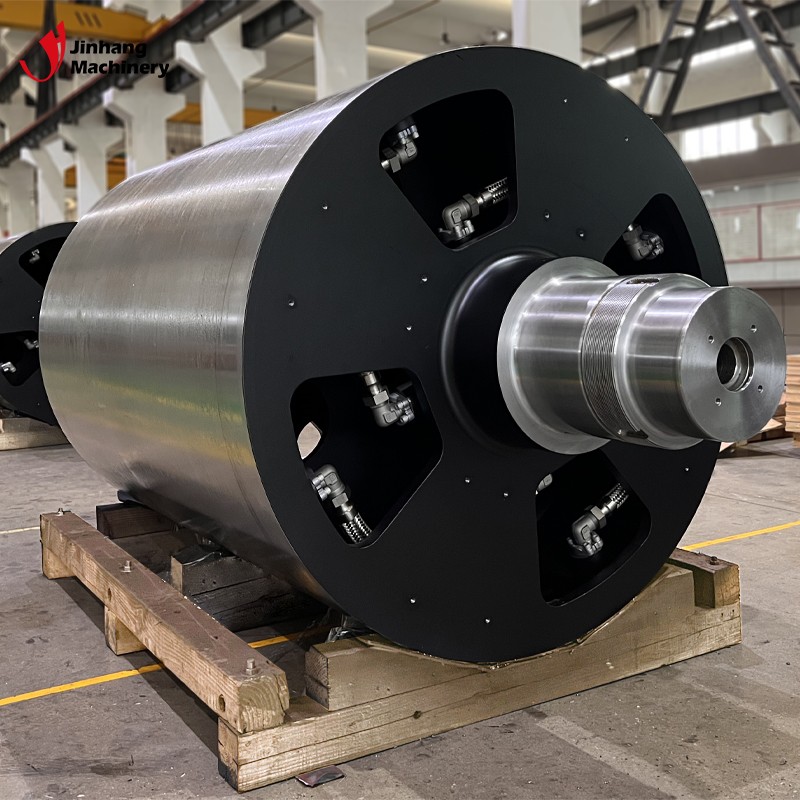
How does the heating roller work?
The heating roller transfers heat to the roller surface through an internal heating system, and then heats the textile material in contact with it. Its main components include electric heating elements or hot oil circulation systems, roller bodies, temperature control systems, and transmission devices.
1. Electric heating elements: resistance wires or electric heating tubes are built into the roller, and heat is generated by the flow of current.
2. Hot oil circulation system: By circulating hot oil inside the roller, the roller surface is heated by heat conduction.
3. Roller body: Usually made of high thermal conductivity materials, such as aluminum alloy or copper alloy, to ensure that heat is quickly and evenly transferred to the roller surface.
4. Temperature control system: Real-time monitoring of the temperature of the roller surface, and adjusting the power of the heating source through the controller to keep the temperature stable.
5. Transmission device: drives the roller to rotate, so that the textile material is heated evenly, ensuring the continuity and consistency of the processing process.
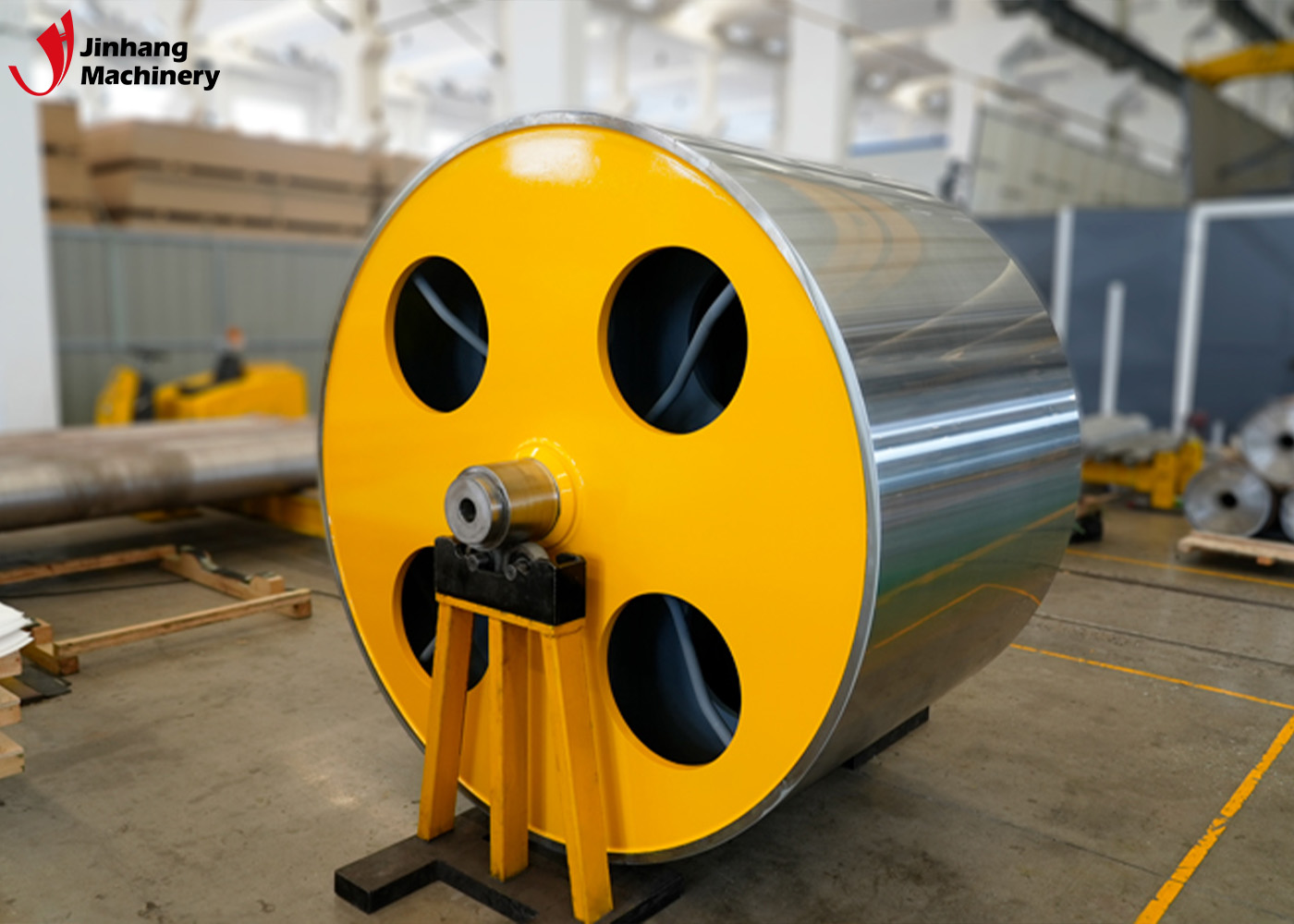
Which links in the textile industry need to use Heating Roller?
Heating Roller plays a vital role in many links of textile production. For example: dyeing (ensuring that the dye can penetrate into the fiber evenly), shaping (heating and softening the textile material), finishing (hot pressing finishing) and drying and other key steps.
1. Dyeing:
Dyeing is an important step in textile production. By soaking the textile material in the dye, it absorbs the dye and produces color. However, in order to ensure that the dye can penetrate into the fiber evenly, the dyeing process needs to be carried out at an appropriate temperature. At this time, the role of Heating Roller is indispensable.
During the dyeing process, the textile material will be sent to the Heating Roller for heating after passing through the dyeing liquid. Through the uniform heating of the Heating Roller, the dye can penetrate deeper and more evenly into the fiber, ensuring the consistency of the dyeing effect and the brightness of the color. The precise temperature control of the Heating Roller can also avoid overheating or damage to the fiber, thereby ensuring the quality of the textile.
2. Shaping:
Shaping is another key step in textile production, which uses heat and mechanical action to make the textile material reach the desired size and shape. During the shaping process, the Heating Roller is used to heat and soften the textile material, making it easier to stretch and shape when passing through the shaping machine.
During the fabric shaping process, the textile material is usually fed into a shaping device consisting of multiple Heating Rollers. These Heating Rollers evenly heat the textile material to the required temperature, making it soft, and then stretch it to the predetermined size and shape through mechanical action. The use of Heating Rollers ensures the stability and consistency of the shaping process and avoids poor shaping effects caused by uneven temperature.
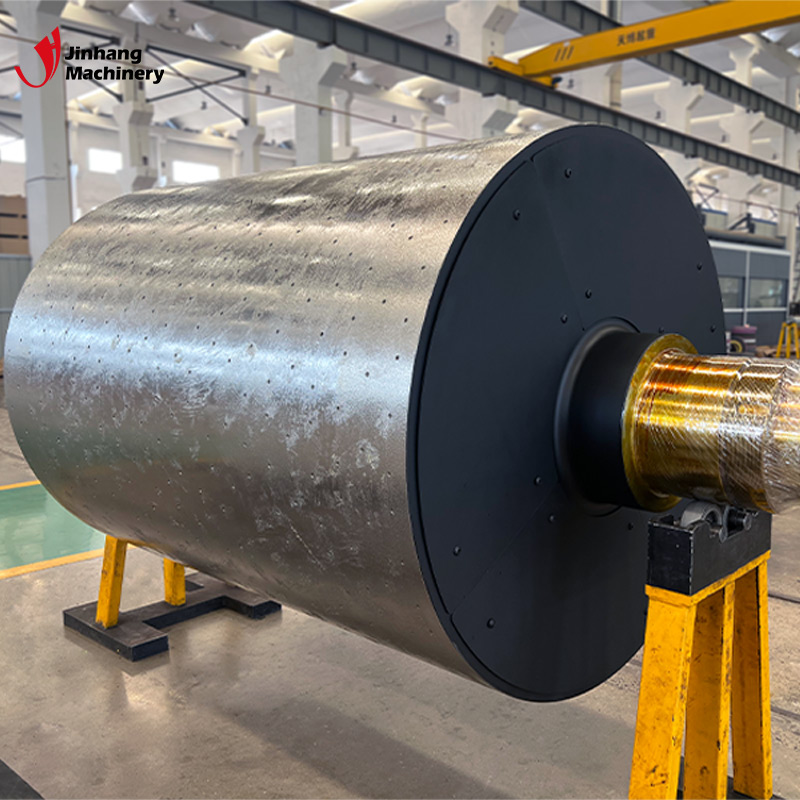
3. Finishing:
Finishing is an important link in textile production. By treating the surface of the fabric, its gloss, feel and appearance quality are improved. During the finishing process, the Heating Roller is used to heat the textile material to make its surface flatter and smoother.
For example, during the hot pressing process, the textile material is heated by the Heating Roller and then mechanically applied by the calender to significantly improve its surface gloss and feel. The precise temperature control of the Heating Roller can ensure uniform heating of the textile material and avoid surface quality problems caused by excessively high or low temperatures.
4. Drying:
Drying is the last critical step in textile production, which evaporates the moisture in the textile material to make it dry. During the drying process, the Heating Roller is used to heat and dry the textile material to improve the drying efficiency and effect.
During the drying process, the textile material is usually fed into a drying device consisting of multiple Heating Rollers. These Heating Rollers evenly heat the textile material to the appropriate temperature, so that the moisture inside it evaporates quickly to achieve the purpose of drying. The use of the Heating Roller can significantly increase the drying speed, reduce production time, and improve production efficiency.
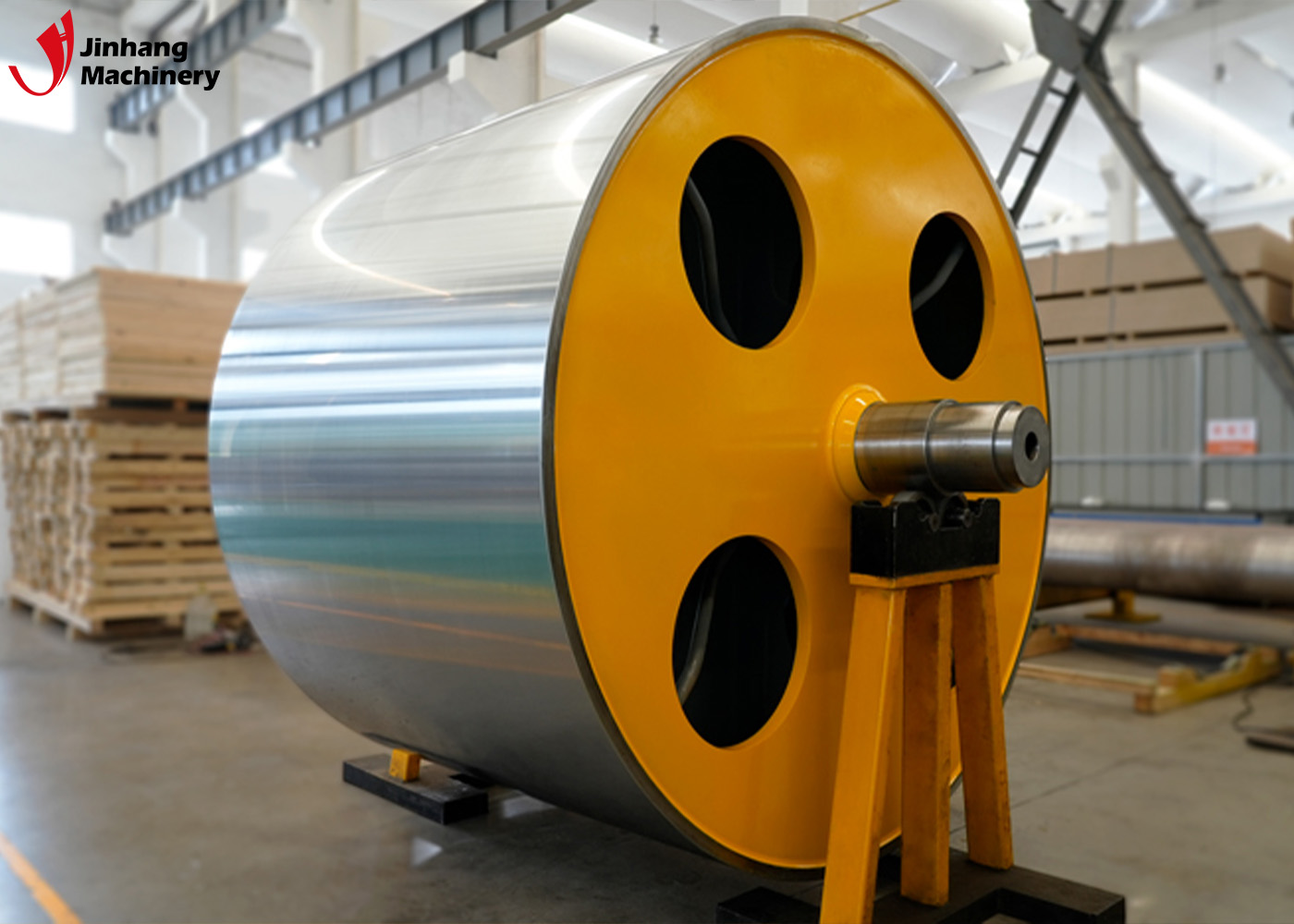
What is the role of the Heating Roller in the textile industry?
The importance of the Heating Roller in the textile industry is reflected in its efficient heating capacity, precise temperature control, and wide range of applications. These characteristics make Heating Roller an indispensable equipment in textile production, significantly improving production efficiency and product quality.
1. Improve production efficiency: Heating Roller can heat textile materials quickly and evenly, reduce waiting time in the production process, and improve the overall efficiency of the production line. On some high-speed production lines, the use of Heating Roller can significantly increase production.
2. Optimize product quality: Through precise temperature control, Heating Roller can ensure product quality consistency and reduce the defective rate in production. This is especially important for some textiles with high quality requirements, such as high-end clothing and home textile products.
3. Energy saving and environmental protection: The advancement of modern Heating Roller technology has greatly improved energy utilization, reduced energy waste, and reduced production costs and environmental burden. Some new Heating Rollers use energy-saving designs and materials to further improve their environmental performance.
4. Support diversified production: The flexibility of Heating Roller enables it to adapt to a variety of production processes and material requirements, support enterprises to achieve diversified production and improve market competitiveness. For example, in different dyeing and finishing processes, Heating Roller can be adjusted according to specific requirements to meet the needs of different products.
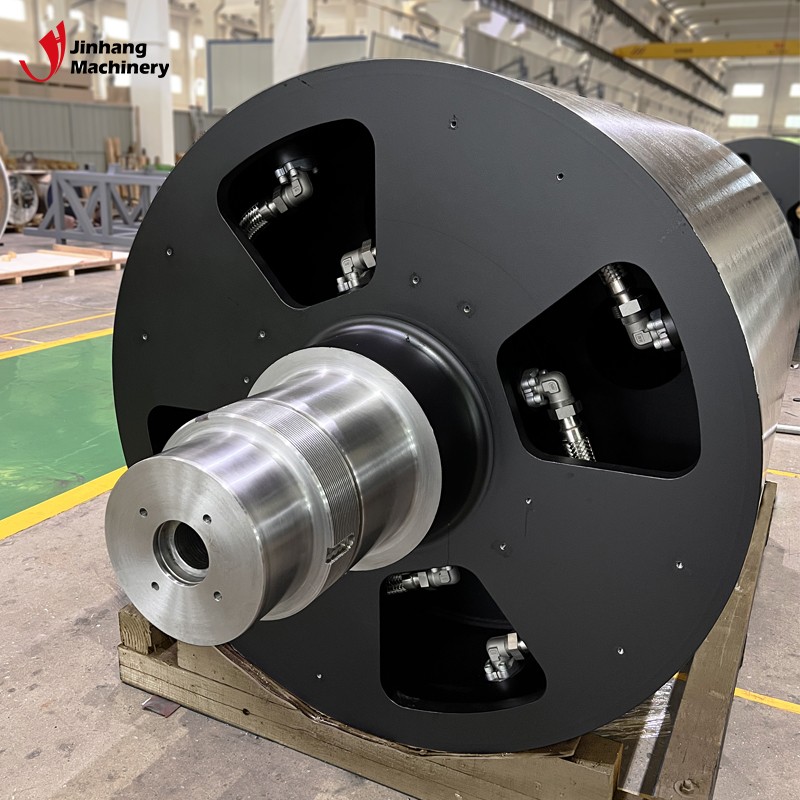
Conclusion
In summary, Heating Roller, as an important industrial equipment, plays an indispensable role in the textile industry. Its efficient and precise heating capacity optimizes key steps such as dyeing, shaping, finishing and drying in the textile production process, improving production efficiency and product quality.
Whether from the perspective of production efficiency, product quality or energy saving and environmental protection, the importance of Heating Roller in the textile industry is obvious.
